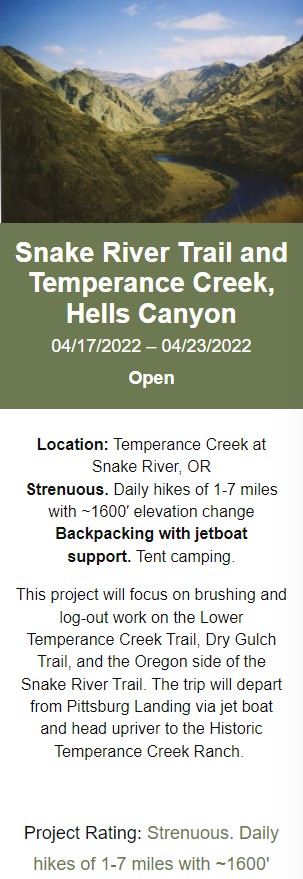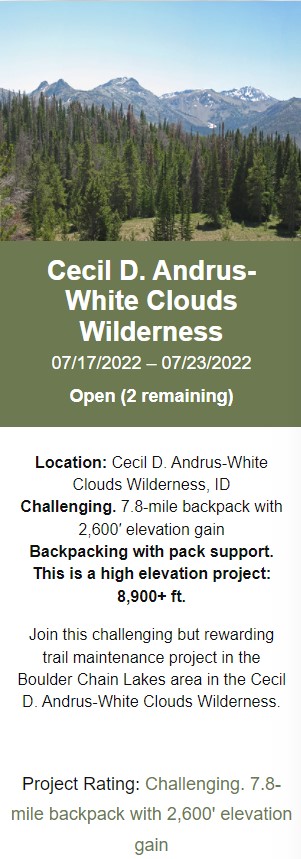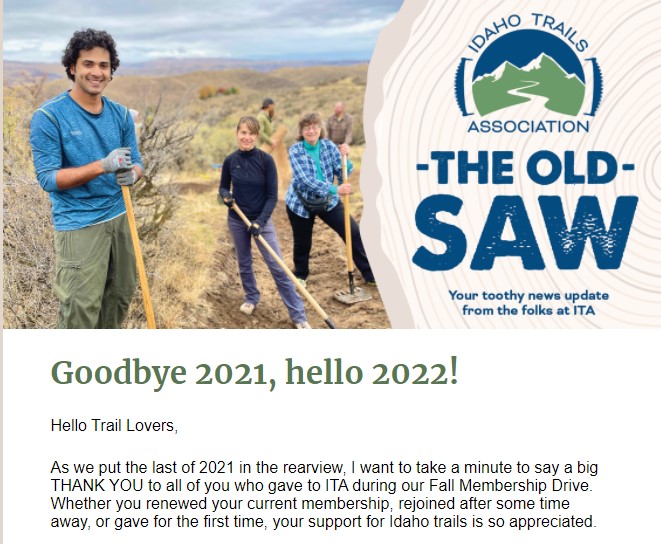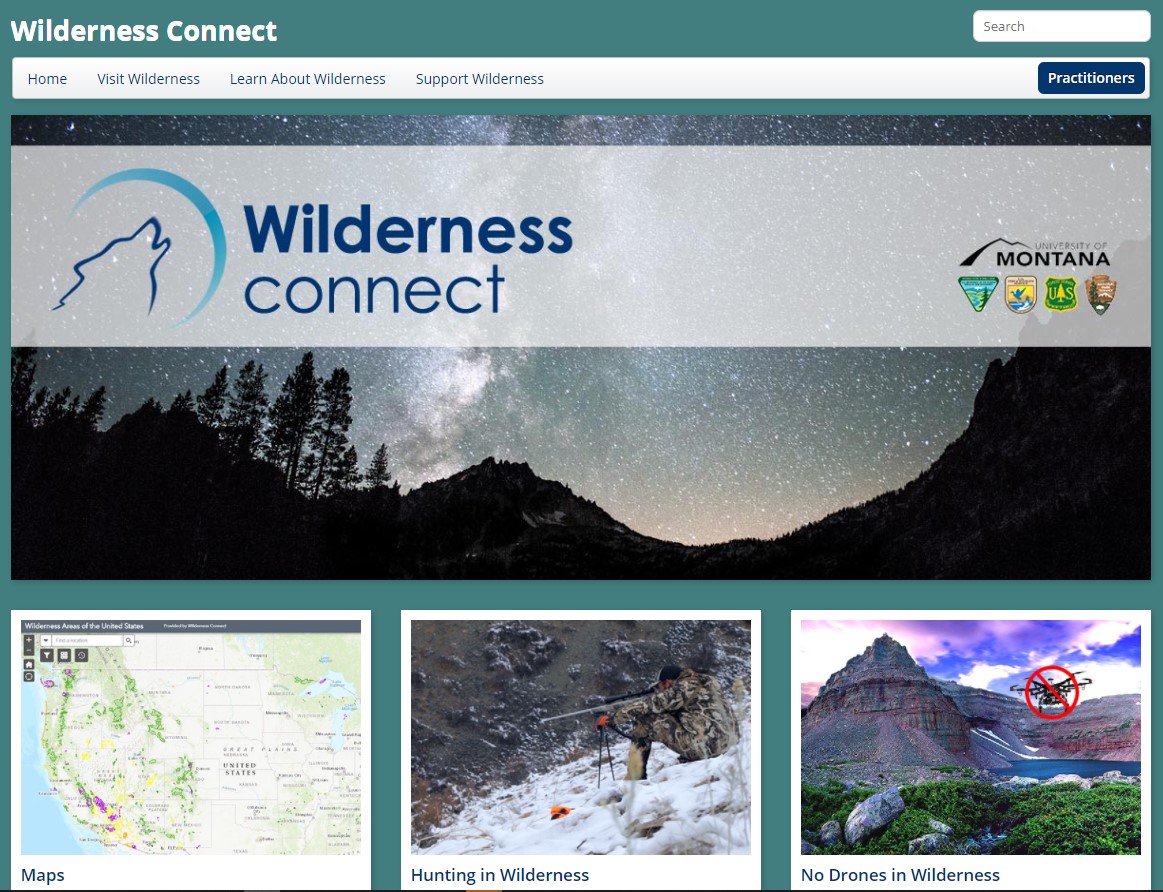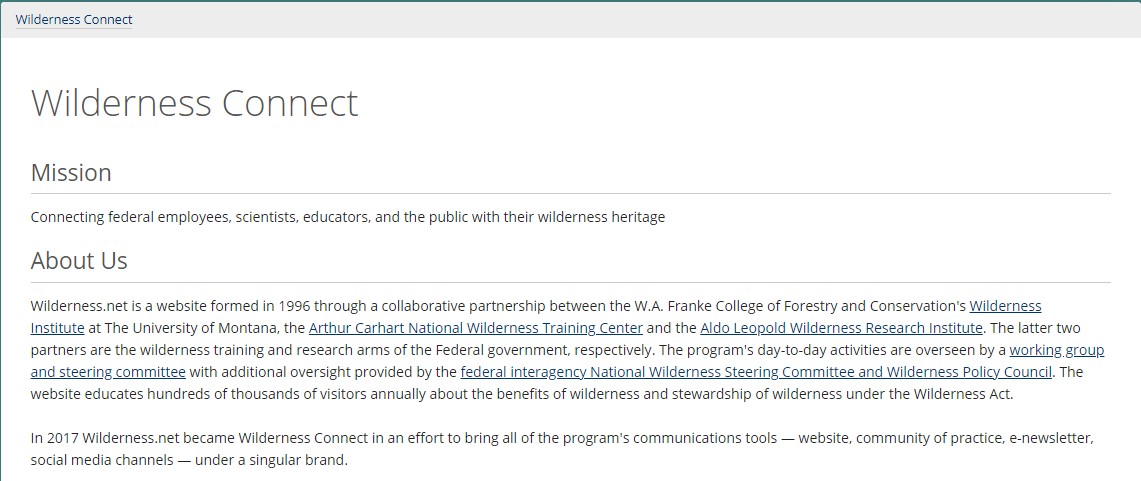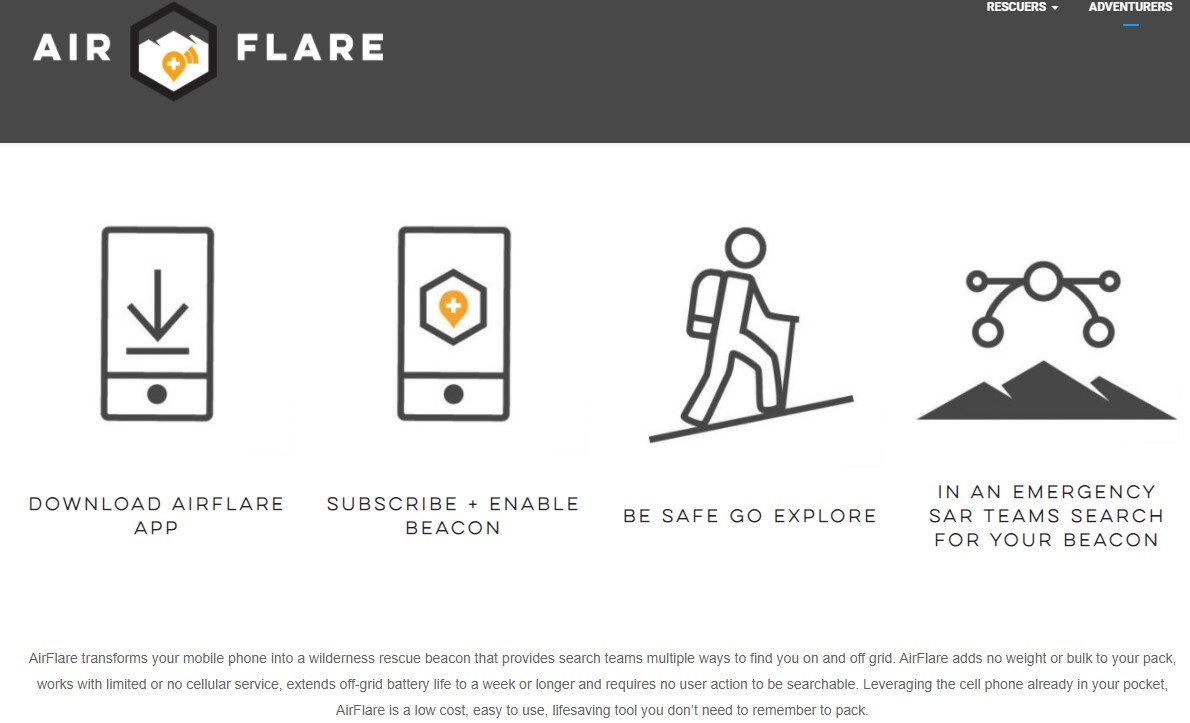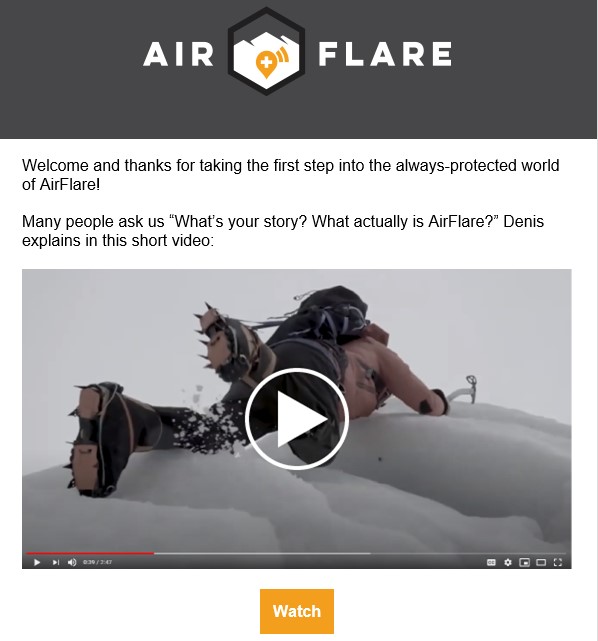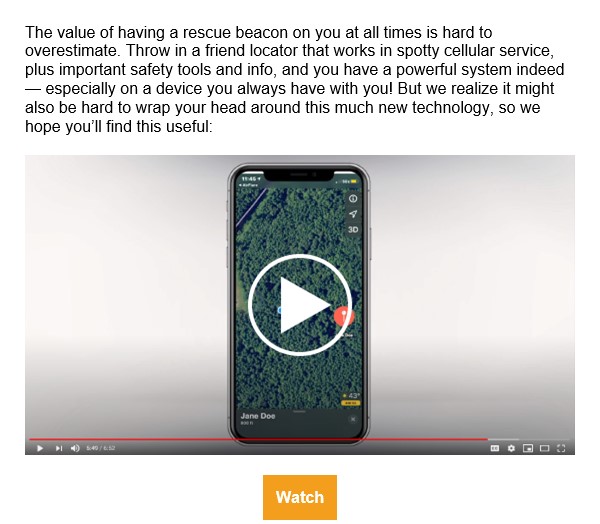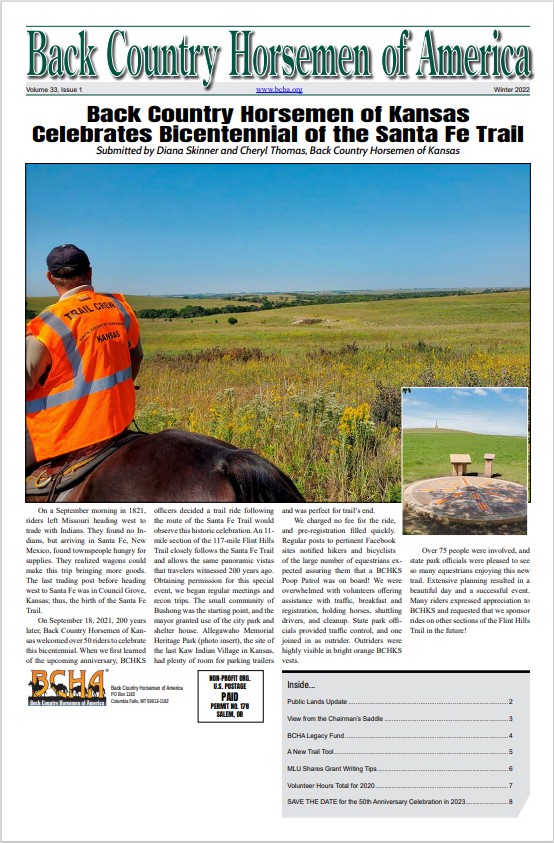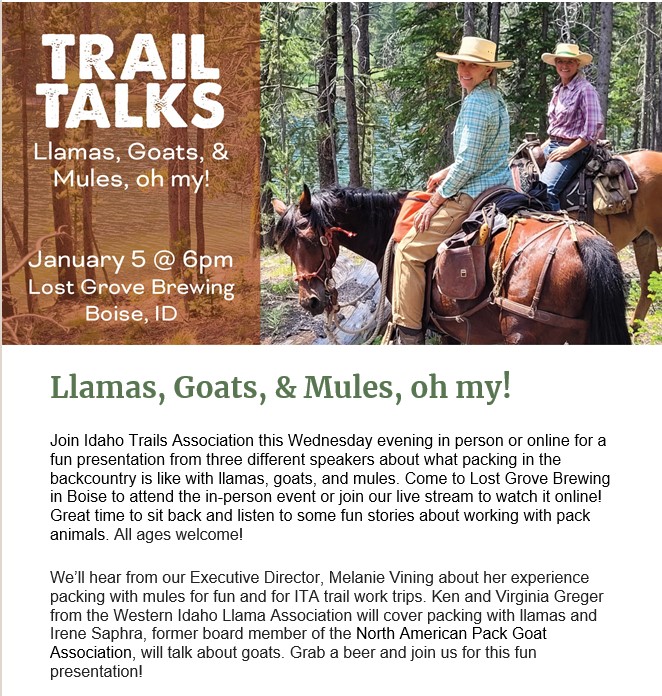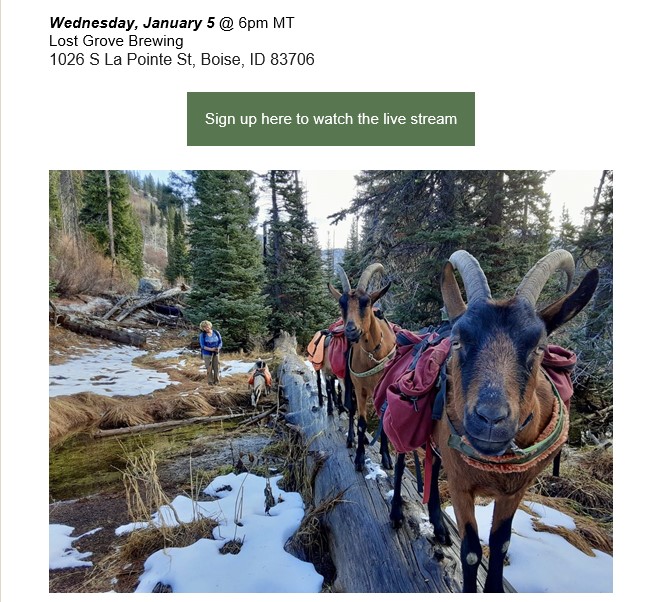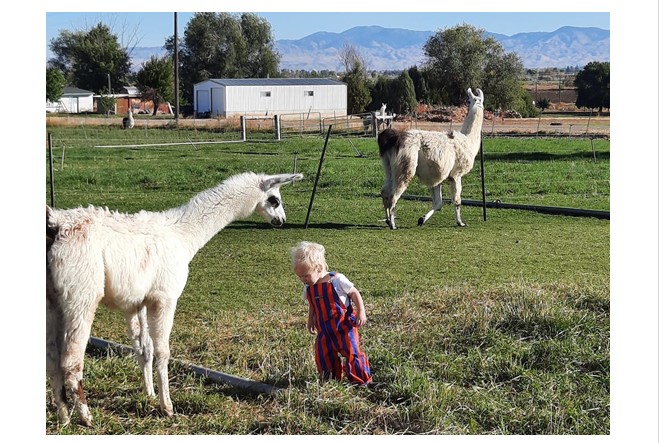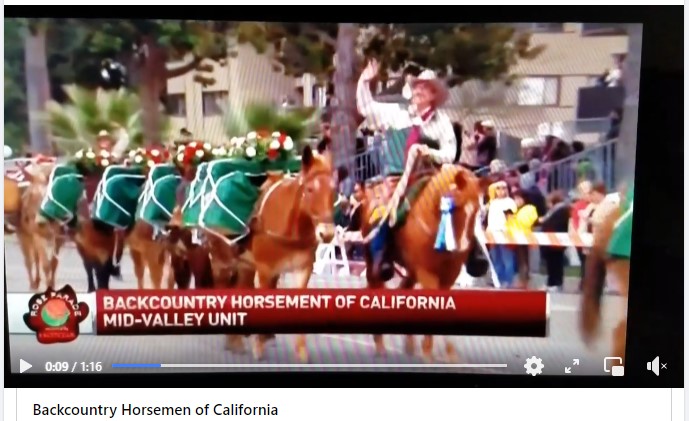The Idaho Department of Parks and Recreation (IDPR) hosted three (3) summits to discuss issues and solutions pertaining to non-motorized trail recreation in Idaho. The discussions were held in Boise, Coeur d’Alene and Idaho Falls. Below are the meeting handouts and minutes from each location. The open discussions explored all topics pertaining to non-motorized trail recreation in Idaho and ideas for solving the non-motorized trail funding gap.
Boise – February 11, 2016
Boise, January 11, 2017
A meeting was held January 11, 2017 to share results of the 2016 summits and to organize a leadership team, willing to take suggestions and strategies through the next very important steps. Download the meeting materials.
Summit Attendees
A complete list of summit attendees is available for download here.
Next Steps – Use collective report and results from statewide summits to answer the following:
- Is there a need to address non-motorized trail maintenance in Idaho?
- Is there enough support statewide to address non-motorized trail maintenance and related funding in Idaho?
- Who will work together to address the need?
- What does addressing the need look like?
- What are the necessary actions / future next steps?
Want to take a leadership role? Have questions?
If you have questions, would like to lead in next steps, or were unable to attend a summit in your area, you can share your thoughts and ideas via email: inquiry@idpr.idaho.gov
The 1,311-mile Idaho Centennial Trail (ICT) weaves through the most scenic portions of Idaho’s wild country, from high desert canyonlands in southern Idaho to wet mountain forests in North Idaho.
Designated the official state trail during Idaho’s Centennial year in 1990, the southern portion of the trail begins at 6,000 feet near Murphy Hot Springs on the Idaho/Nevada border. Heading north, the trail descends to 2,500 feet at the Snake River near Glenns Ferry. The trail yo-yos up and down through the mountains of Central Idaho between 3,000 and 9,000 feet. At its low point (1,900 feet above sea level) the trail skirts the Selway River near the Moose Creek Guard Station then climbs again to high points up to 6,000 feet in the Cabinet and Selkirk Mountains as the trail approaches the northern boundary.

Idaho offers some of the most pristine wilderness areas in the lower 48 states. Follow a trail through 6,000 foot river canyons, hike to crystal alpine lakes or jagged peaks, or find solitude on thousands of miles of hiking trails in Idaho’s designated wilderness areas, two of which (the Frank Church and Selway Bitteroot Wilderness areas) are the largest in the lower 48 states. Some of the most popular wilderness areas for hiking include:
- Sawtooth Wilderness
- Frank Church-River of No Return Wilderness
- Owyhee River Wilderness Area
- Selway-Bitterroot Wilderness
- Gospel Hump Wilderness
- Hells Canyon Wilderness
Another good tool to find information about Wilderness Areas in Idaho is Wilderness.net.
WHY Trails provide access to Idaho. Trails are part of Idaho’s recreation heritage, providing paths to camping, fishing and the wild places that make the Gem State great. We already have one of the most effective motorized trail maintenance programs in the country, supported by user fees. But the needed resources to maintain trails for hiking, biking and horse riding are lacking. And without adequate maintenance and improvements, access to some non-motorized trails will be lost.
The stickers are now available in person at:
- REI in Boise
- JD’s Bodega in Boise
- IDPR HQ Office in Boise
- George’s Cycles (both Boise locations)
- Hyperspud Sports in Moscow
- Idaho Mountain Trading in Idaho Falls
- IDPR East Region Office in Idaho Falls
- IDPR North Region Office in Coeur d’Alene
- Massacre Rocks State Park in American Falls
- Winchester Lake State Park in Winchester
- Bruneau Dunes State Park in Bruneau
- Lake Walcott State Park in Rupert
- Hells Gate State Park in Lewiston
- Ponderosa State Park in McCall
- Heyburn State Park in Plummer
- Dworshak State Park in Orofino
- Farragut State Park in Athol
- Lake Cascade State Park in Cascade



 IDPR Activities
IDPR Activities



